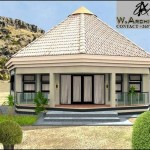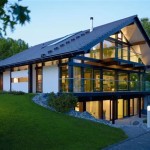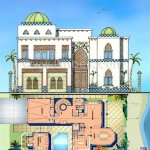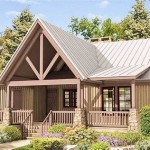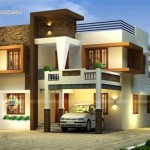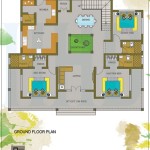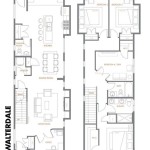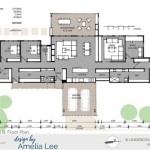Essential Aspects of Raised Bungalow House Plans
Raised bungalow house plans offer a unique blend of practicality, functionality, and aesthetic appeal. Understanding their essential aspects can guide you in making informed decisions during the design and construction process.
Benefits of Raised Bungalows
- Increased Natural Light: Windows on both the main and lower levels allow for ample natural light, creating a bright and airy atmosphere.
- Improved Energy Efficiency: The elevated design reduces heat loss through the foundation, contributing to energy savings.
- Enhanced Privacy: The higher elevation provides privacy from street-level views while offering panoramic vistas from the upper level.
Design Considerations
- Entryways: Raised bungalows typically feature two entryways – one at the main level and one leading to the lower level. Consider their placement for convenience and accessibility.
- Stairs: The stairs connecting the two levels should be well-designed for safety and comfort. Factors to consider include width, rise, and handrails.
- Basement Height: The height of the basement ceiling is crucial for livability and functionality. Ensure it meets building codes and provides adequate headroom.
Layout Options
Raised bungalow house plans offer a variety of layout options to cater to different needs. Some common configurations include:
- Split-Level: This layout includes a half-flight of stairs between the main and lower levels, providing separation and privacy.
- Open Concept: An open floor plan allows for a seamless flow between the main living areas on both levels, creating a spacious and inviting atmosphere.
- Traditional: This layout typically features a more traditional separation between the main and lower levels, with separate living spaces and bedrooms.
Exterior Features
The exterior aesthetics of a raised bungalow play a significant role in its curb appeal. Consider the following factors:
- Roofing: Opt for a roofing material that complements the architectural style and enhances durability.
- Siding: Choose siding materials that provide both aesthetic appeal and resistance to the elements.
- Windows: Large windows on both levels maximize natural light and provide stunning views.
Interior Design
The interior design of a raised bungalow should complement the overall style and functionality. Consider the following:
- Color Palette: Choose a color palette that creates a cohesive and comfortable atmosphere throughout the house.
- Lighting: Utilize natural light and incorporate artificial lighting to create a well-lit and inviting space.
- Furniture: Select furniture that is both comfortable and stylish, maximizing space and functionality.
Conclusion
Raised bungalow house plans offer a unique combination of benefits, design considerations, and layout options. By understanding their essential aspects, you can create a home that meets your specific needs and preferences. Whether you opt for a traditional, open concept, or split-level design, a raised bungalow can provide a functional, comfortable, and aesthetically pleasing living space.

Pin On House Custom Floor Plans Home

Bungalow House Plans We Love Blog Homeplans Com

Tour Our Home Open Concept Raised Bungalow Floor Plans Building A House Construction

Tour Our Home Open Concept Raised Bungalow The Vanderveen House

House Plan 2 Bedrooms 1 Bathrooms 3113 V1 Drummond Plans

Tour Our Home Open Concept Raised Bungalow Floor Plans Building A House Construction

Bungalow House Plans We Love Blog Homeplans Com

Back Split Barry S Construction Allenford On

Diversified Drafting Design Darren Papineau Home Plans

Diversified Drafting Design Darren Papineau Home Plans

